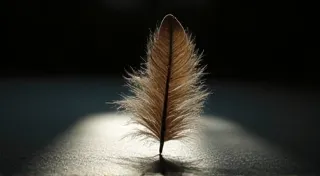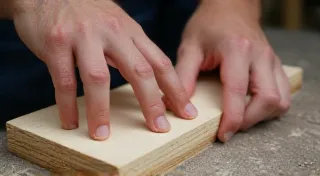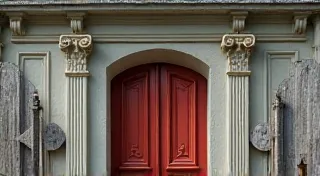Echoes of Empire: The Lingering Influence of Colonial Trade on Musical Instrument Distribution
The sound of a traditional musical instrument, especially one weathered by time, carries more than just melody. It holds within it a history – a story of creation, adaptation, and sometimes, a surprising tale of global connection. As someone who’s spent years restoring antique accordions, I've become acutely aware that the instruments we cherish in one region often have roots stretching far beyond their perceived origin. They are, in many ways, living testaments to the intricate and often unintended consequences of historical trade routes and colonial policies.
It’s easy to romanticize the idea of a musical tradition springing purely from local soil, nurtured by generations of indigenous artists. While that is certainly true in many cases, the reality is often far more nuanced. The relentless push of colonial expansion and the ensuing trade networks weren’s always focused on spices and textiles; they carried musical instruments too, unwittingly seeding new traditions across continents.
The Accordion’s Journey: A Case Study in Unexpected Migration
Take the accordion, for example. While its direct ancestors can be traced back to the silesian harmonium of 1829, its proliferation around the world didn’t follow a predictable path. The instrument itself emerged in Germany, but its spread was dramatically accelerated by European colonial activities. Italian immigrants carried the nascent accordion to Argentina, where it became a cornerstone of tango music. Simultaneously, German missionaries introduced it to parts of Africa, where it was adopted and adapted by local musicians, often incorporating indigenous rhythms and melodic styles. Later, Japanese traders and settlers brought similar instruments to Brazil, where they evolved into distinct regional variations.
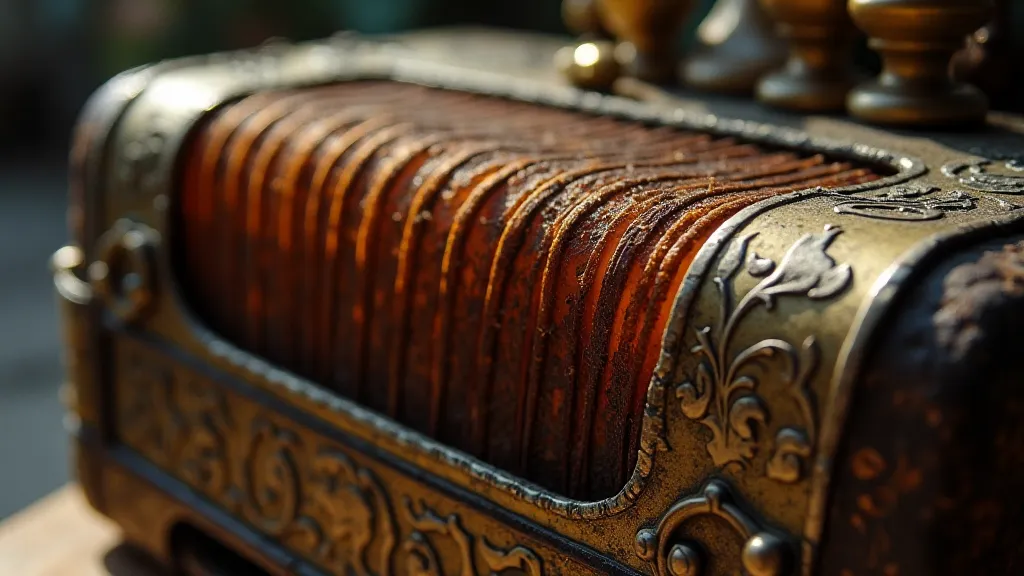
My own grandfather, a carpenter in rural Wisconsin, built simple accordions for local dances in the 1930s. He acquired the basic understanding of its construction from a traveling salesman who claimed to have learned it from a German immigrant who had, in turn, heard stories of its origins in Europe. The lineage is blurred, fragmented, but it demonstrates how knowledge – and the instruments themselves – were passed down through generations, interwoven with the threads of migration and cultural exchange.
Beyond the Accordion: Other Instruments Caught in the Trade Winds
The accordion is just one example. Consider the sitar, originally a Persian instrument, adopted and refined in India. The banjo, with roots in West African instruments brought to the Americas by enslaved people, underwent a fascinating evolution in the Appalachian region. The steelpan, born from discarded oil drums in Trinidad and Tobago, showcases a creative response to colonial leftovers, transforming discarded materials into a uniquely Caribbean sound.
The sheer volume of goods transported during the height of colonial trade was staggering. Ships weren't just carrying textiles and spices; they were also ferrying musical instruments – both finished products and components for local artisans to assemble. The availability of these instruments, even in rudimentary forms, often sparked a burgeoning musical scene, leading to local adaptations and innovations.
Craftsmanship and the Legacy of Lost Knowledge
Restoring an antique accordion isn’t just about replacing broken reeds or repairing cracked bellows; it's about uncovering a piece of history. You can feel the craftsman’s hand in every joint, every meticulously carved piece of wood. These instruments were built to last, representing a commitment to quality and artistry that is often lacking in modern mass production.
Many of the traditional techniques used in constructing these instruments have been lost over time. The secrets of creating certain reeds, for instance, are difficult to replicate precisely. This makes each restored instrument a precious artifact, a tangible link to a past era.
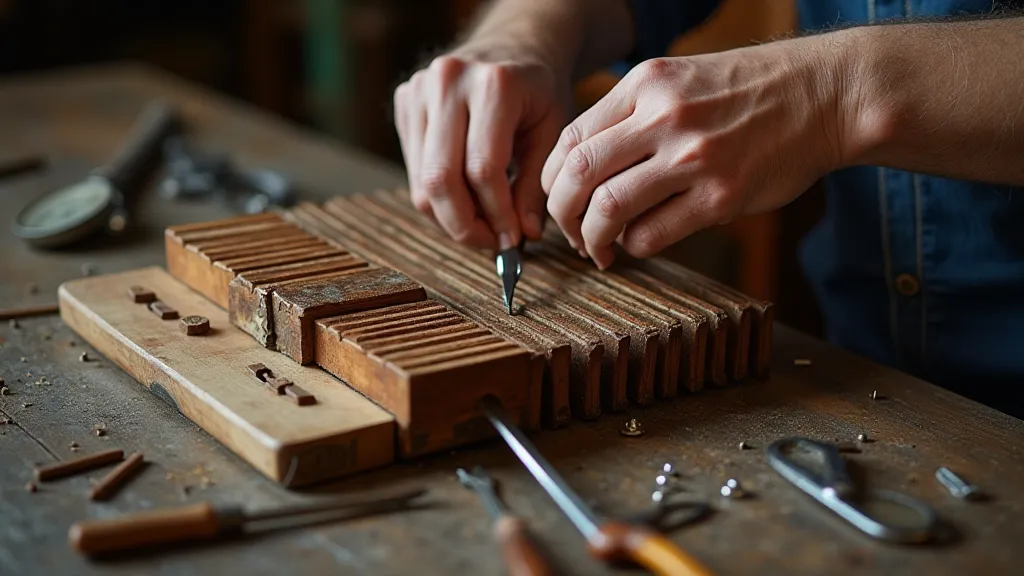
Collecting antique instruments, too, offers a unique opportunity to appreciate this legacy. It's more than just acquiring a beautiful object; it's about preserving a cultural heritage. While some collectors focus solely on rarity or provenance, I find the real value lies in understanding the instrument’s journey, tracing its connections to different cultures and traditions.
The Role of Missionaries and Cultural Exchange
It’s important to acknowledge the complex role of missionaries in this process. While their intentions may have been rooted in religious conversion, their presence often resulted in the introduction of European instruments to communities that had no prior exposure to them. This wasn't always a positive exchange; the imposition of foreign musical traditions could, in some cases, supplant or marginalize indigenous forms of expression. However, in other instances, it sparked creative fusions and the development of entirely new musical styles.
The act of adapting a foreign instrument to a local musical context often involved significant modifications. Reeds might be altered to produce different tones, tuning systems might be adjusted to accommodate local scales, and the instrument might be incorporated into existing musical rituals. The resulting hybrid forms reflect a complex interplay of cultural influences, a testament to the human capacity for adaptation and innovation.
Appreciating the Unexpected Connections
The story of musical instruments is a story of human connection, a reflection of our shared history and our enduring fascination with sound. The instruments we cherish in our local traditions are often the products of global journeys, shaped by the forces of trade, colonialism, and cultural exchange. Understanding this history deepens our appreciation for the music itself and the intricate web of connections that bind us together.

The next time you hear a familiar melody, take a moment to consider its origins. Who built the instrument? Where did it come from? What other cultures have contributed to its sound? The answers may surprise you, revealing a world of unexpected connections and a deeper understanding of the music that moves us.
